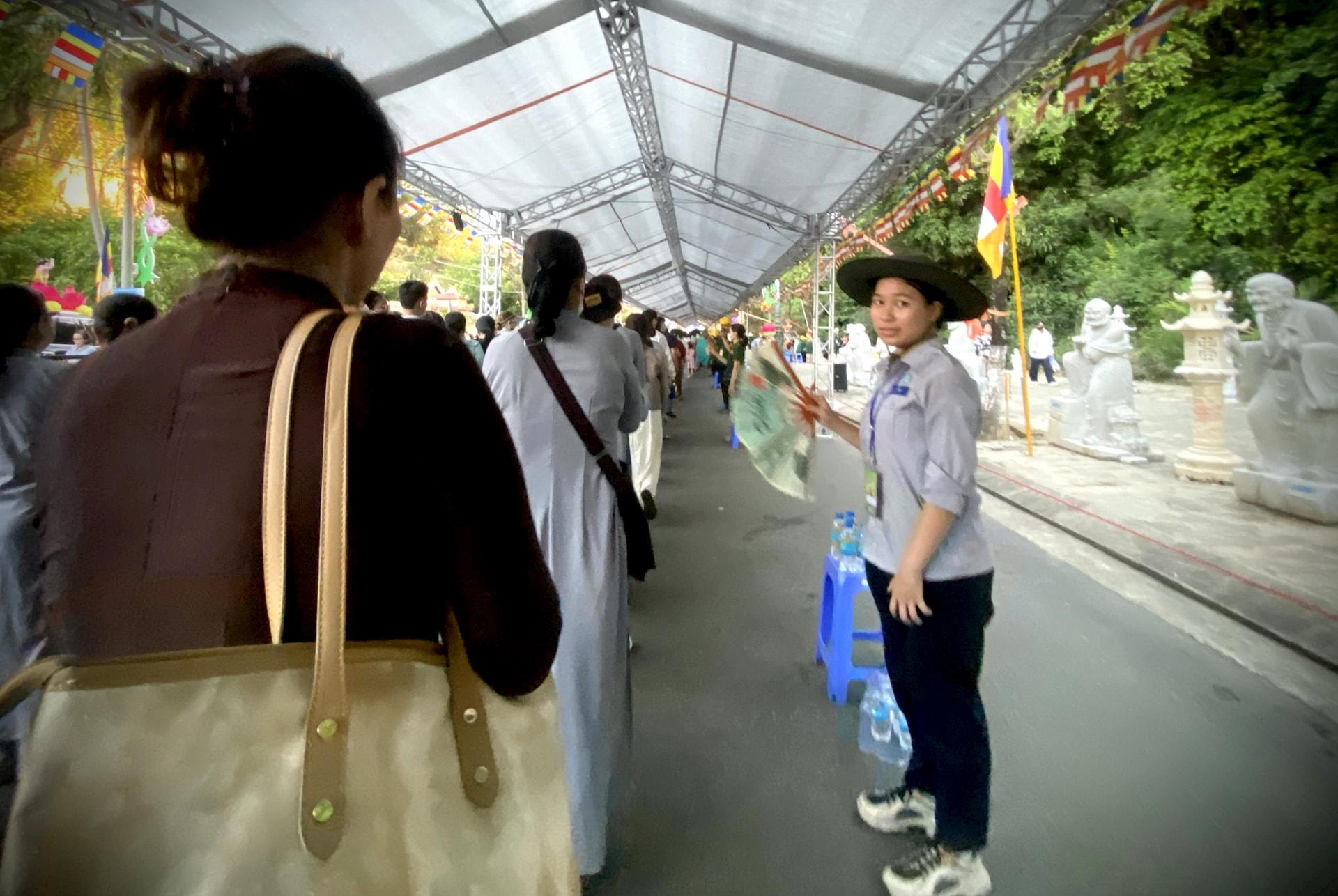
1. “World-Honored One, your life is an ocean, and I only have two hands to scoop up water!”, Buddhist layman Vo Dinh Cuong once wrote in “Confession” as a preface to his famous work “Golden Light of Religion”, printed in 1945.
Of course, layman Vo Dinh Cuong had to ponder over which image to praise that best resembled the Buddha. According to a psychologist? Or according to an archaeologist? In the end, he decided not to introduce the life of the Buddha “with an abstract language, with many metaphors, many mysterious legends”, because that could give readers a wrong impression of his nature…
But this decision was not completely accepted by his contemporaries. After only a few issues were published, the editor of Vien Am magazine (published in Hue, edited by Dr. Tam Minh - Le Dinh Tham) showed him a letter from a monk sent from Hanoi .
That monk requested the editorial board of Vien Am magazine not to continue publishing “Golden Light of Religion”. Fortunately, the knowledgeable editor from Dien Ban ( Quang Nam ) encouraged Mr. Vo Dinh Cuong and continued publishing. When the book was printed, Mr. Le Dinh Tham wrote an introduction praising the author for “devoting himself to recounting the history of Buddha with a fluent pen and graceful writing style that makes readers feel as if they are living in an atmosphere of Compassion”.
Indeed, author Vo Dinh Cuong has reason to worry. The sea and the mulberry fields have changed many times, the traces have been erased from people's memories, the characters have faded in history books. Documents have been lost and corrupted. Customs, rituals... have changed. "Although his relics are preserved in temples, pagodas, towers and shrines, they are still stained by the colors of time," he wrote.
2. Exactly 80 years after the author of “Golden Light” felt the “color of time” on the relics of the Buddha, for the first time the relics of the great enlightened one were invited to Vietnam. The Quan The Am Pagoda at the foot of Ngu Hanh Son ( Da Nang ) was the last stop before the national treasure returned to India after 1 month of presence in 3 regions of the S-shaped country.
Speaking of thanks on an early June afternoon, Venerable Thich Thong Dao, Deputy Head of the Standing Committee of the Vietnam Buddhist Sangha in Da Nang City, reserved the “last but not least” words to mention the volunteers from all over the country who contributed to this “unique” Buddhist event.
“During the month-long journey, the images of the blue robes, the volunteers, the fans, the Buddhist chants, the gentle reminders, the diligence in guiding visitors, taking care of each bottle of water, each meal, staying up many nights to serve the pilgrims... will forever be engraved in our hearts,” said Venerable Thich Thong Dao emotionally.
Indeed, the day I stood in line from the beginning of Su Van Hanh Street (bordering Le Van Hien Street) waiting to enter to worship Buddha's relics, it was the image of the fans that Venerable Thich Thong Dao had just mentioned that quickly caught my attention.
The Su Van Hanh road leading to Quan The Am pagoda is not long, only about 540 meters, but including the section where pilgrims have to line up in the pagoda grounds, it is twice that long. To “cool off” the dense crowd, volunteers line up on both sides, constantly fanning themselves, day and night. They stand in rows, each person a few meters apart from the other.
I tried to count the number of people “waving” fans, but I couldn’t. I only knew that they took turns, and were assigned to a large service force of tens of thousands of people. They came from monasteries and temples in Da Nang, Quang Nam, Hue, Quang Tri… and even some people who had returned from abroad. They guided the way, they offered water, they cooked, they fanned… In the kitchen alone, there were 3,000 people busy preparing vegetarian food many days in advance. “Your silent sacrifice and spirit of selfless service are the glue that binds us together, creating extraordinary collective strength,” Venerable Thich Thong Dao praised.
Even the Venerable, Dr. P. Seewali Thero, General Secretary of the Mahabodhi Society of India, expressed his surprise. He shared at the farewell ceremony that, during the past month, wherever he went to any province or city, he saw the peace, happiness, and overwhelming emotions of the people coming to worship.
He did not expect and could not believe his eyes about the Vietnamese people's respect for Buddha's relics. He said he would never forget the scene of volunteers or children carrying their elderly parents a distance to pay homage to Buddha's relics. The image was very beautiful, imbued with human love, love of Dharma...
*
* *
The Buddha relics recently enshrined at the Quan The Am Pagoda were invited from the Mulagandha Kuti Vihara Pagoda in Sarnath, India. Since 1931, this national treasure has been preserved and enshrined in Sarnath. It was a surprise when Venerable P. Seewali Thero revealed that Sarnath was also the place where the Buddha gave his first sermon.
On an early June afternoon, I slowly followed the crowd to pay homage to the Buddha’s relics. As I welcomed the cool breezes rising from the volunteers waving their fans, I felt my heart calm down. Suddenly, the blue fan that I had just bought in a hurry at the beginning of Su Van Hanh Street was also raised high. I no longer wanted to keep the breeze for myself.
Source: https://baoquangnam.vn/gio-tu-nhung-ban-tay-3156737.html






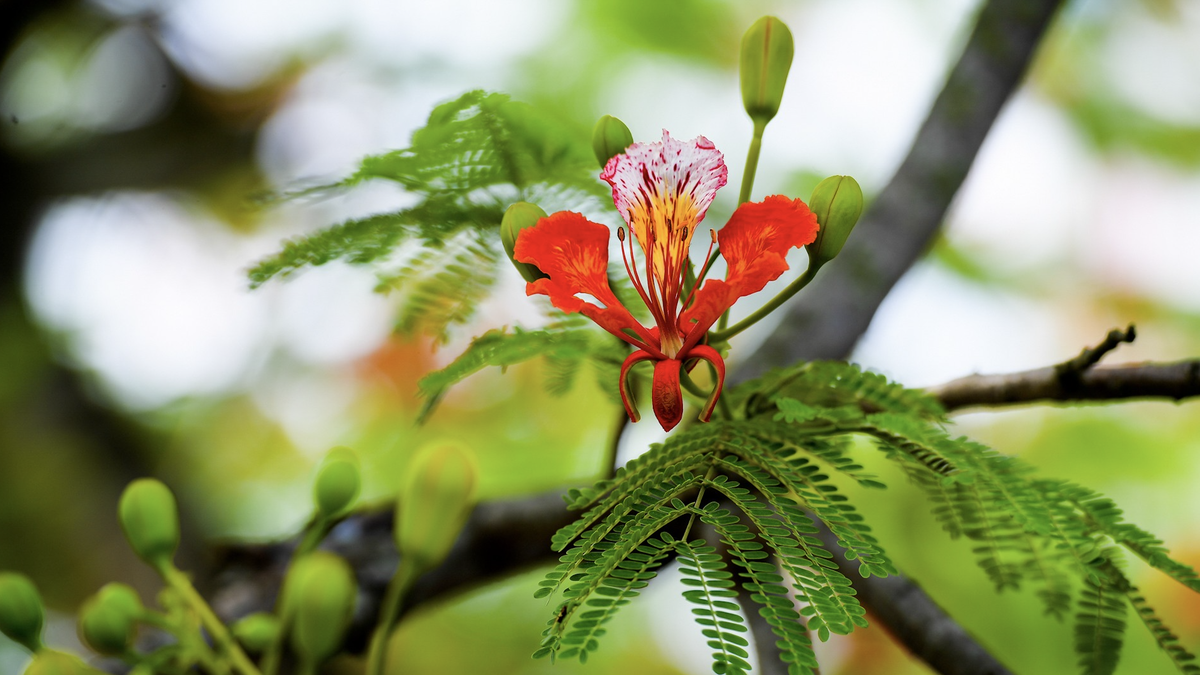
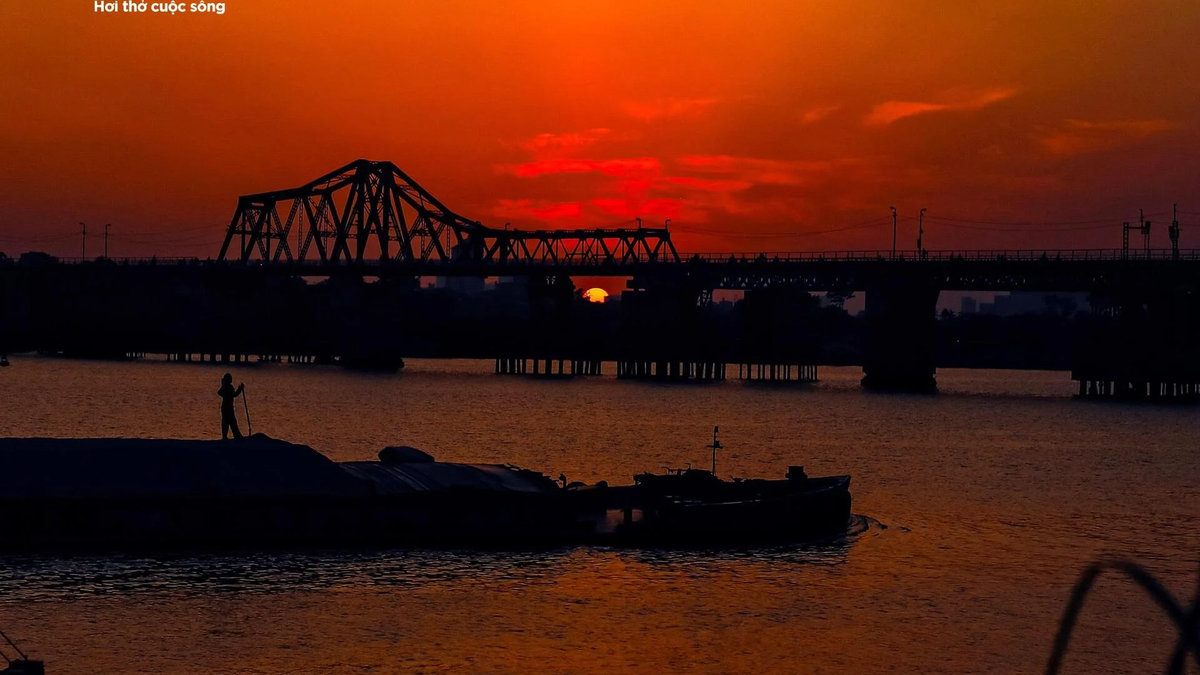
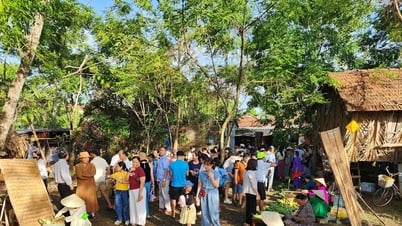




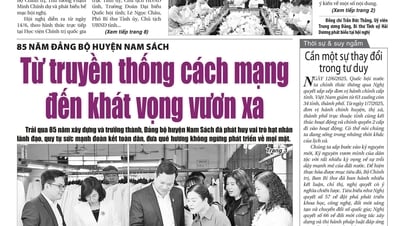



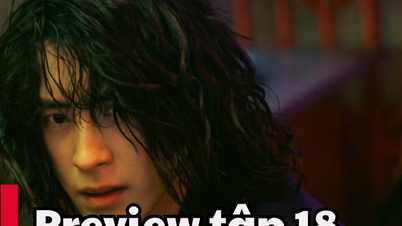




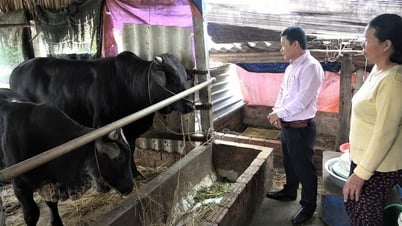


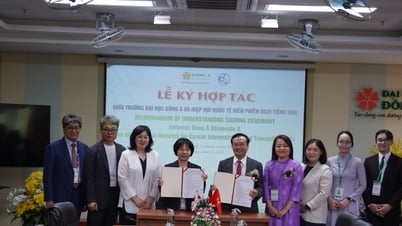
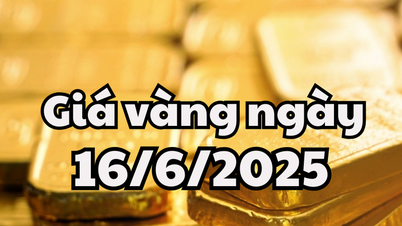



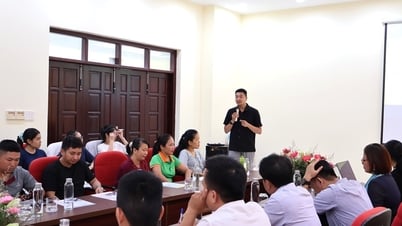

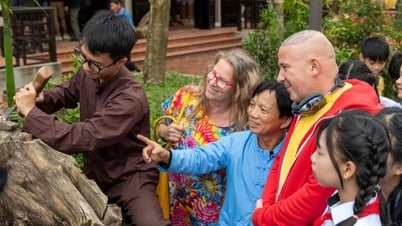











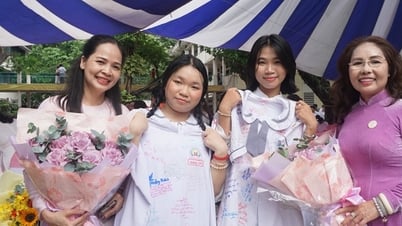






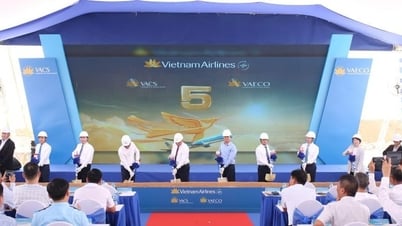


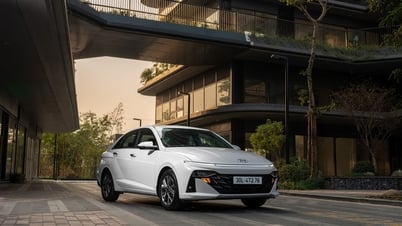






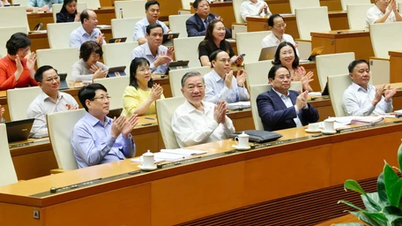






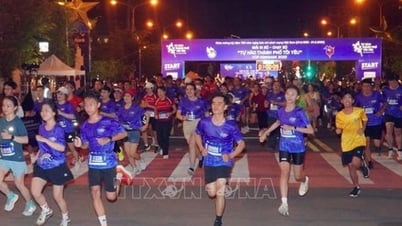






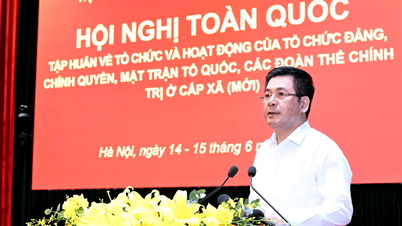
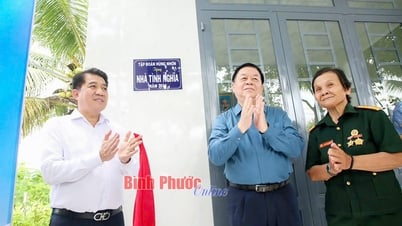

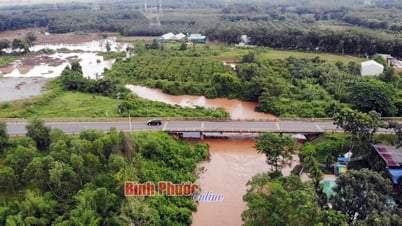
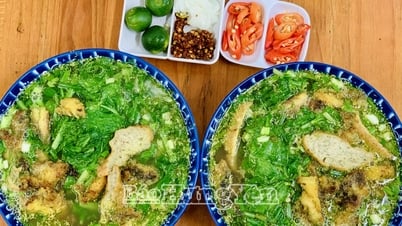

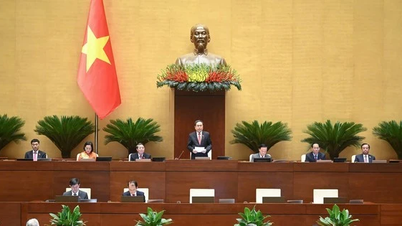

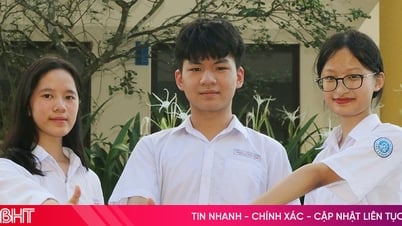

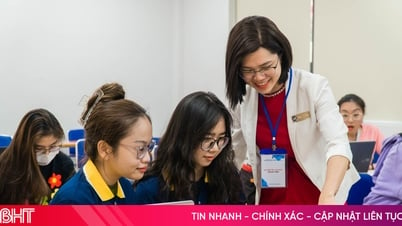









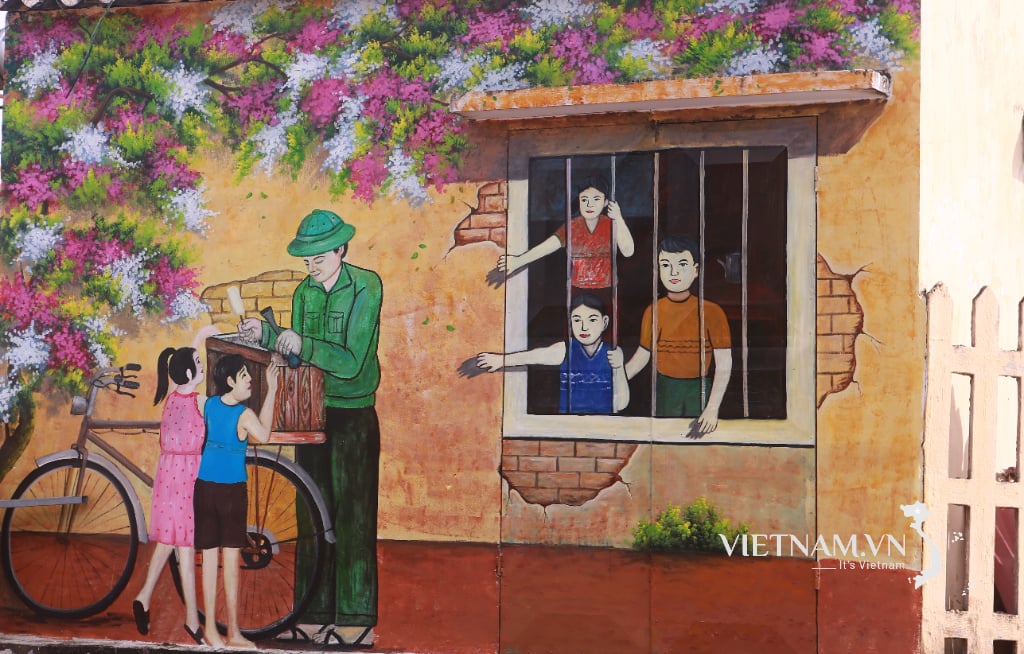
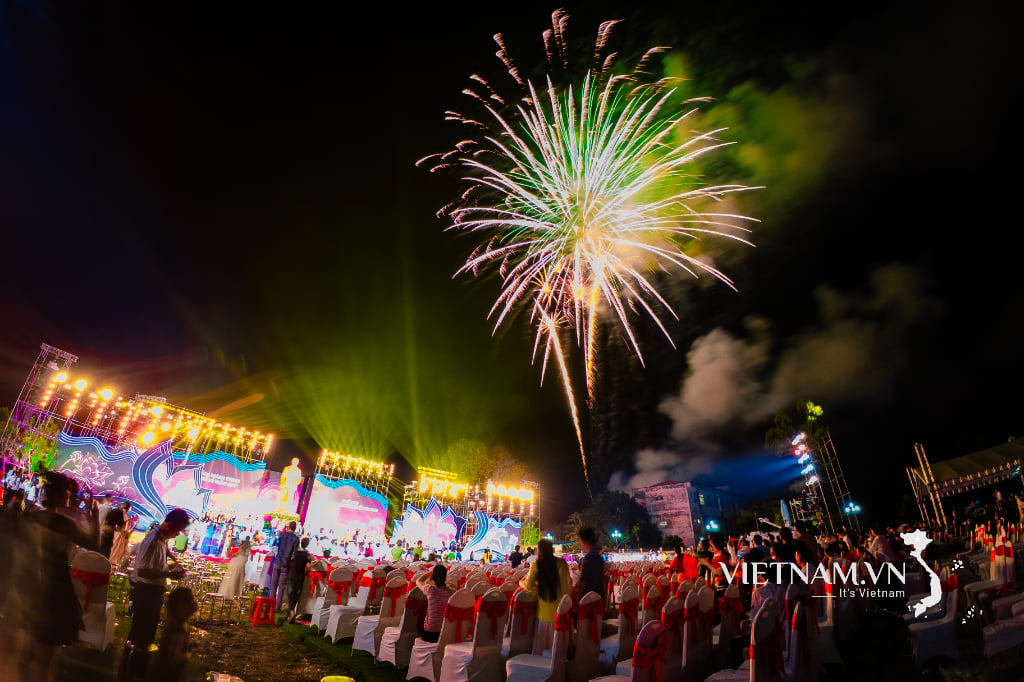
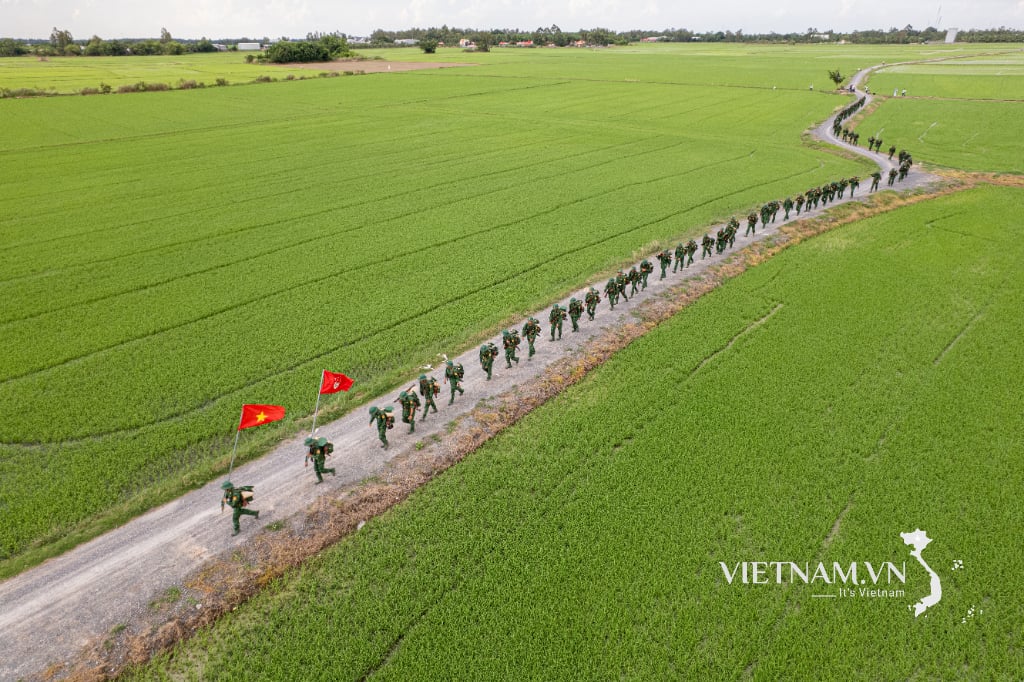

Comment (0)